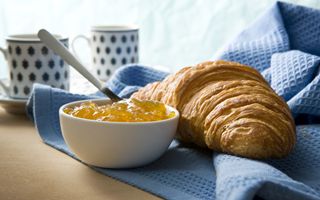(Finance) – After a 2024 that has already seen about 25 million kilos of honey from abroad, an increase of 16% compared to the previous year, it is important to keep the guard high against the fraud risk, to protect the health of the citizens and the activity of Italian producers, however struggling with the effects of the climate and the increase in costs. This is what Coldiretti says, on the basis of Istat data, in the express satisfaction for the operation of the Guardia di Finanza of Vicenza which led to the seizure of over 22 thousand kilos of adulterated or counterfeit honey from different European and non -European states, including Romania, Hungary, Türkiye, China and Vietnam.
The foreign product It arrives at torn prices, often with the aim of putting Italian beekeepers on the corner, exerting a downward pressure on the prices of the tricolor. Just think of the limit case of the Chinese one which -denounces the Coldiretti beekeepers association -, although it does not represent a significant part of the arrivals, is even marketed at just over a euro per kilo. But the general average is around 2.9 euros per kilo. To the unfair competition from abroad, the effects of the climate change that in 2024 impacted hard on the Alveare Italy in 202 are added.
For Avoid consuming honey of low quality from abroad and to support the approximately 75,000 Italian beekeepers who manage 1.6 million hives, it is essential to pay attention to the origin shown on the label or, if possible, to contact directly to local producers, as in farms , in farmhouses or in the Campagna Amica markets. A further help comes from the recent Breakfast Directive of the European Union, which introduced the obligation of a clear and clearly visible label that indicates the country of origin, as well as started a process for creating a product traceability system. The wording “Italia” must compulsorily appear on the packs of honey produced exclusively in Italy (for example, “Italian honey”), while if honey comes from different European Union countries, the label will have to report the phrase “mixture of honey Originally from the EU “, specifying the countries of origin (for example, Italy and Hungary). If, on the other hand, the honey comes from non -EU countries, the label will have to give the wording “mixture of honey not originally from the EU”, with the names of the countries indicated; In the case of a mixture that includes both honeys from the EU and from non -EU countries, “mixture of original honey must be written and not originally from the EU”, always with the indication of the countries of origin. In Italy, according to Coldiretti, the consumption of honey stands at about half a kilo per capita per year, a figure lower than the European average of 600 grams and far from 600 grams of Germany, as highlighted by the Study Center Disculga. However, Italy excels in biodiversity, with over 60 varieties of honey, including the DOP ones such as the Money of Lunigiana, the honey of the Belluno Dolomites and the Varese honey, as well as special honey in barrique or flavored, such as those of linden, citrus, eucalyptus and acacia.
